Hawai'i Herps
There are over 30 species reptiles and amphibians that have been documented in Hawai'i. Unfortunately, it seems this number is slowly increasing. Only a handful of these are actually native to the islands. The native herps include the sea turtles and the sea snake.
Green sea turtles are extremely common in the waters around the islands, as well as sometimes basking on the beaches. Hawaii is one of, if not, the only place in the world they do this on a regular basis. On some of the noninhabitated islands, they will do this in great numbers.
Unfortunately, the other sea turtles are rarely seen. They include the hawksbill, olive ridley, loggerhead and leatherback sea turtles.
The last native Hawai'ian herp is the Pelagic sea snake, or Yellow-bellied sea snake. They are a very attractive snake, but rarely seen in and around Hawai'ian waters. They are venomous, but extremely hesitent to bite and pose very little risk to swimmers. Unfortunately, I don't have any pictures of these... These 6 animals make up all of the native Hawaiian herps!
Hawai'i has thus become an island zoo. Walking or driving around the island in a day will reveal numerous nonnative birds, mongoose, boar, transplanted plants and lizards galore. The volcanic creation of islands, isolated from the rest of the world had created a fairly remarkable ecosystem. The "native" animals were all invasive at some point, requiring wings or flippers to reach the islands. More recently though, most of the invasive species have arrived as a result of well meaning but poorly thought out introductions or escape from the pet trade and have arrived in the past 200 years. I have managed to photograph a few of the invasive species so far, but am still just scratching the surface. Plenty of little skinks, geckos and even some frogs and turtles left to pursue.
Most of the lizards are fairly small, and likely pose a small risk to what little "natural" environment is left. Some larger species such as giant day geckos and tockay geckos have become established though and pose a threat to many species of birds. There is also the ever looming threat of invasion by brown tree snakes, similar to the situation Guam has.
To finish up the turtles, Hawaii does have a few freshwater turtles. There are two species of asian softshell turtles, one north american softshell and the red eared slider. I have woefully ignored these, as I don't have any desire to spend time in freshwater while on the islands.
Here is the spiny softshell turtle, although an individual photographed in Ohio.
As well as an Ohio red-eared slider.
That does it for the snakes and turtles. We will discuss some of the lizards and then amphibains next time.
If you have more specific questions, I am happy to try and answer them. For the most part, I am learning much of this on my feet during my time here. Those who are interested in learning more should check out the excellent book, although slightly outdated, Reptiles and Amphibians of Hawaii by Sean McKeown.


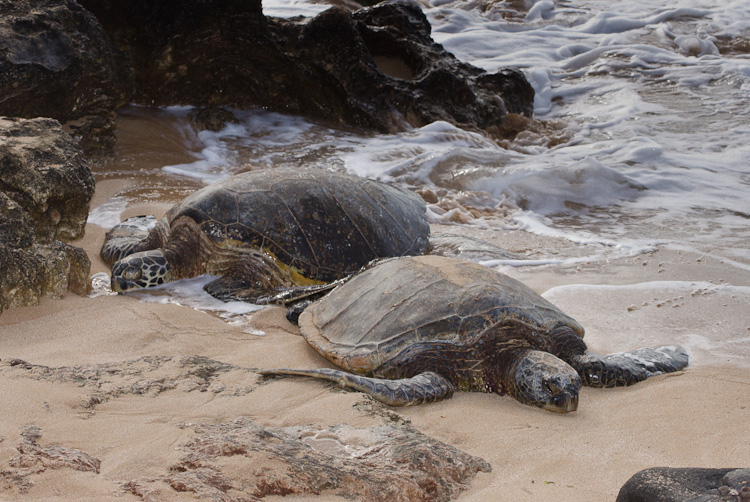
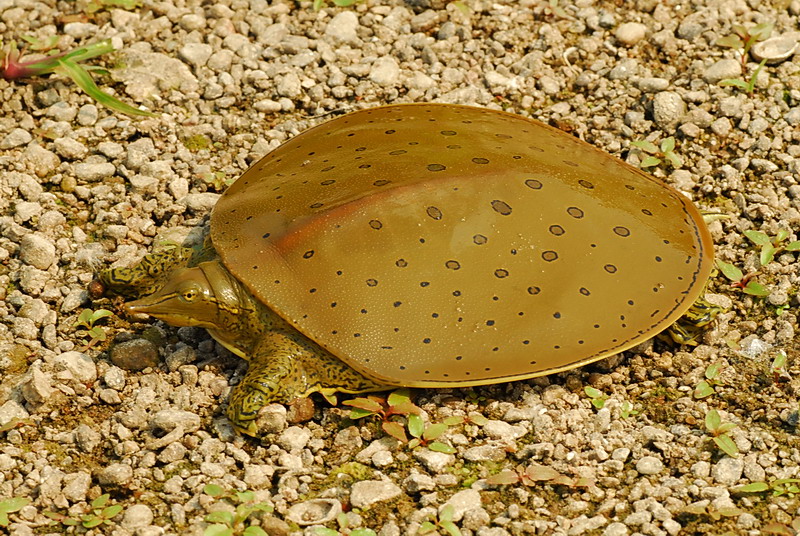
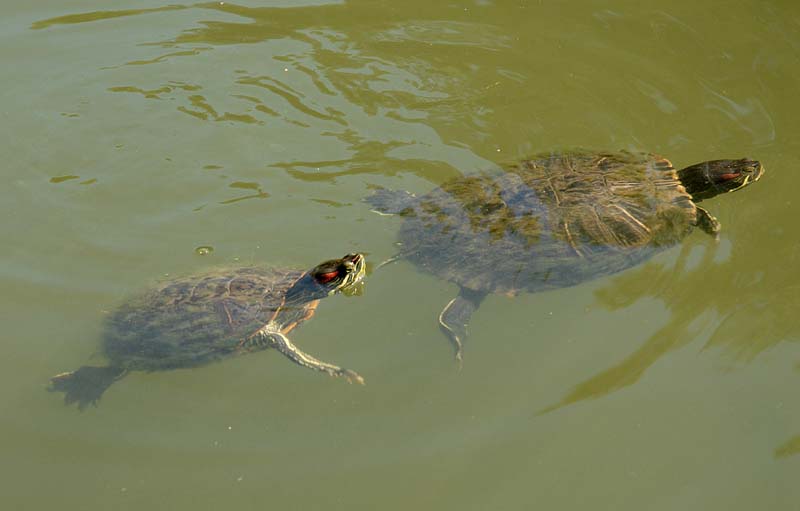
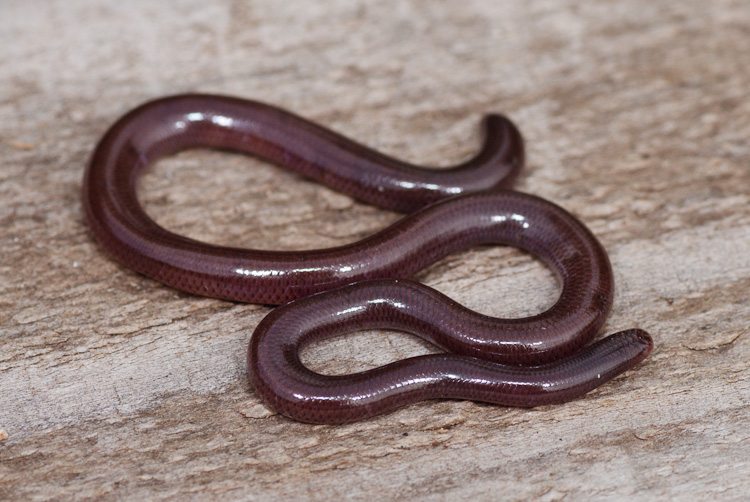
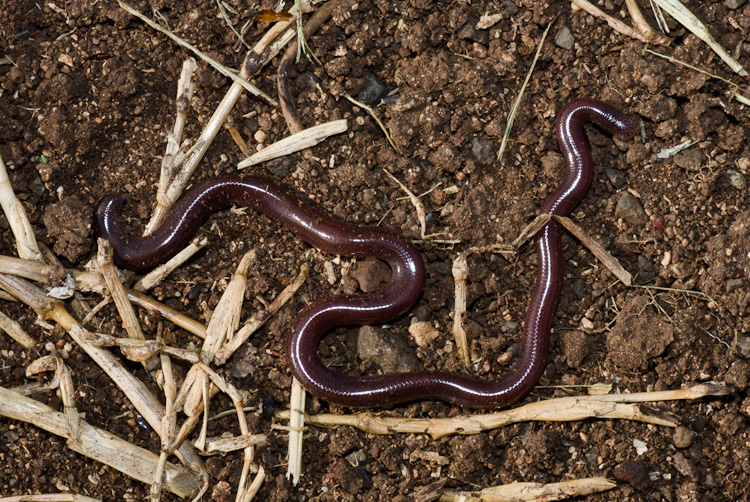

No comments:
Post a Comment